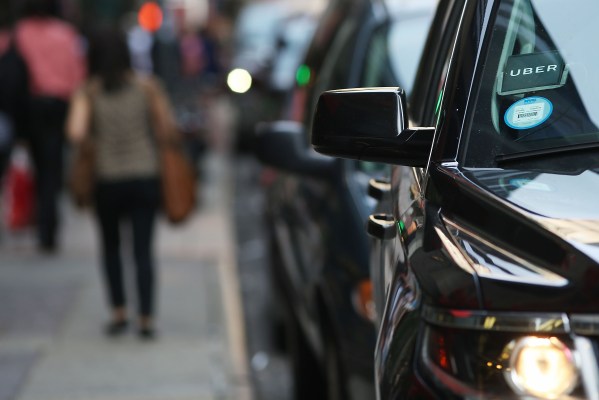Uber has made some changes to its driver experience as part of its ongoing “180 Days of Change” campaign. Uber introduced the 180-days effort in June, with its decision to finally add tipping to its app as the first in a series of changes designed to improve the driver experience and reduce turnover among that important user group. Now, Uber is adding a few new features, including trip type preferences, more driver destinations and long trip notifications.
Already, Uber is seeing positive results from its 180-days program changes, including rapid uptake of its tipping option on the rider side.
“This week, we’re going to hit $50 million dollars in tips for drivers,” explained Uber’s U.S. and Canada manager Rachel Holt. “We launched the tipping effort in three cities two months ago, but we didn’t roll it out all over the U.S. until the middle of July. So we’re really, really excited just to see how well that feature has done in just a short period of time.”
That $50 million is a lot in context: Lyft has had the feature for years, and hit just $250 million in tips in July. Drivers have made around 200,000 phone calls to support, Holt says, since Uber introduced 24/7 phone service, and on average they reach an agent in less than 30 seconds. Eighty-five percent of drivers have said they’re satisfied with the experience.
The new changes today are focused on adding more flexibility to the experience. If you’re not super familiar with the driver experience, these might sound mysterious, but they’re actually pretty straightforward, and each emphasizes greater freedom in how drivers manage their day.
“Drivers have always come to Uber for work that’s truly on their terms: Work with no boss, work that fits around their lives, work that’s always available when they want it,” explained Uber head of driver product Aaron Schildkrout. “And so that’s why we’re focusing, in this chapter, on flexibility.”
[gallery ids="1529688,1529689,1529690,1529691"]
Until now drivers could set a destination twice per day; from now on, drivers can set up to six per day, and you can schedule them out for when you want to go, instead of having to set them immediately. Destinations mean that Uber will only offer rides en route to that spot, meaning drivers could optimize their route home, or to some other location they want to end up instead of just having to stop taking fares to get where they want to be.
Next, Uber is making it possible to select from its available trip options to accept only those that the driver wants. This could be Uber Select, for instance, or uberX, or just Deliveries, or some combination of all the options they qualify for. The app will display a circular meter of how this will impact your available ride pool in terms of demand, but Uber says it’s great in case someone doesn’t feel like dealing with interpersonal interaction (just opt for deliveries) for instance.
Finally, Uber is adding long-trip notifications, which are exactly what they sound like: Before, Uber drivers weren’t able to tell how long a ride would be ahead of the pickup. Only after the trip began would they be able to see the destination. This is to prevent destination discrimination, which was a big problem with taxi services Uber has challenged.
Long-trip notifications still won’t reveal a rider’s destination, but they will tell an Uber driver if the ride is expected to take longer than 45 minutes. While Holt says most drivers want long trips, because they earn more through them, drivers also want to be able to plan when to get gas or take a bathroom break, and long-trip notifications will help them do that.
There’s still more change to come, since Uber is only around 60 days into its planned 180-day program, but these seem like big updates already in terms of how the driver-side experience works.
